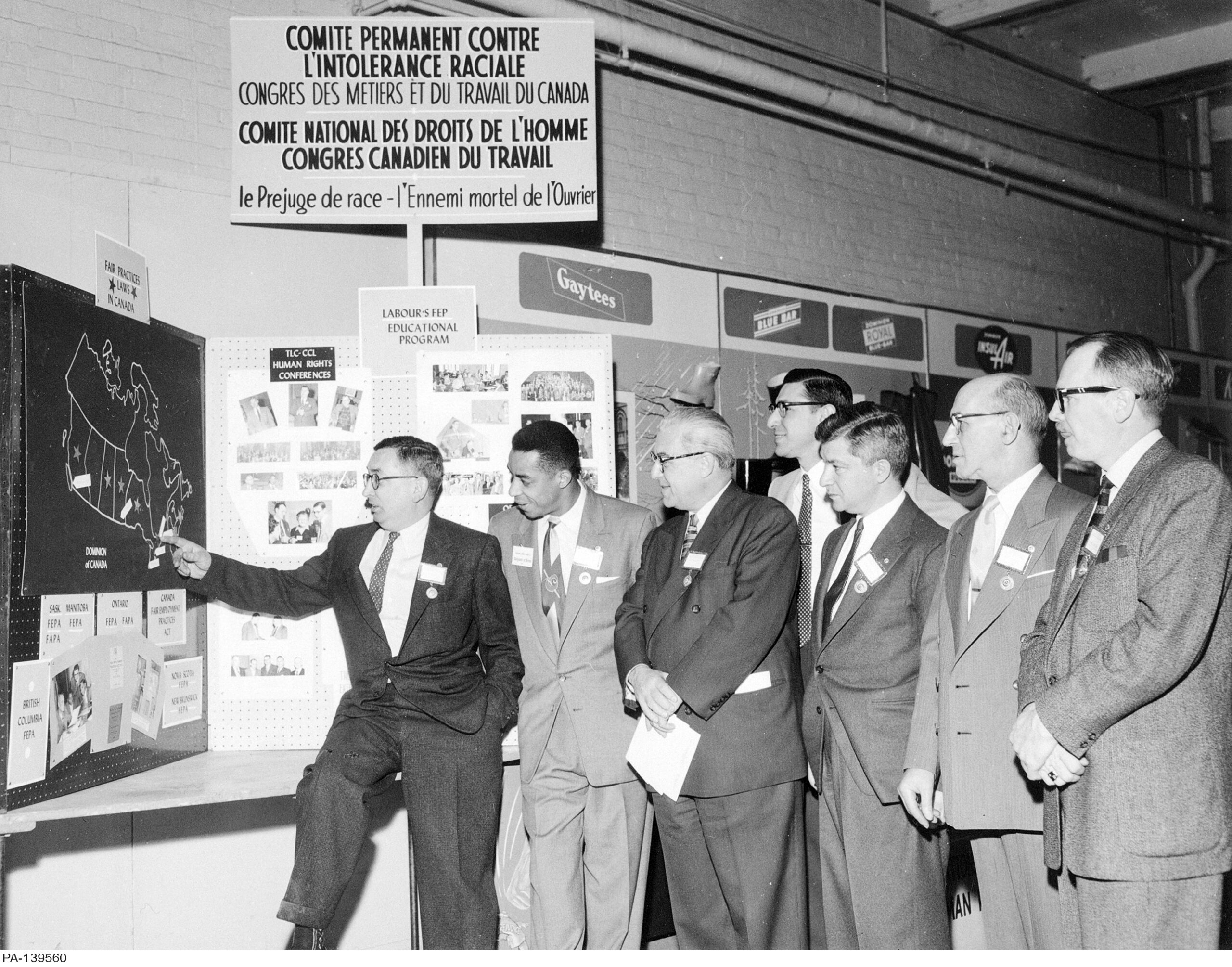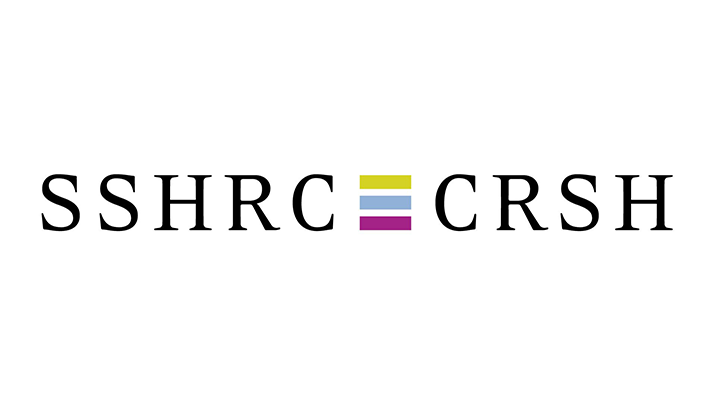This database is based on an innovative new dataset derived from government budgets. Every year, federal and provincial governments publish audited financial statements titled Public Accounts. Most jurisdictions include a section titled transfer payments or schedule of payments that lists payments to NGOs. Public Accounts is the most accurate source for determining public expenditures. Most studies rely on ministry annual reports or program publications. But these sources are estimates. Only Public Accounts provides data on actual expenditures. The only limitation to Public Accounts is that it reports grants above a threshold (see Data Entry for details on thresholds).
The database includes data from three jurisdictions – Federal, British Columbia and Nova Scotia – for the years 1960 to 2014 (or 1972-2014 for the federal government). It includes grants that fall under the following sectors: environment, human rights, Indigenous peoples, and women. The British Columbia and Nova Scotia data includes all ministries. The federal data is derived from those ministries that distributed the bulk of transfer payments: Canadian Heritage, Citizenship and Immigration, Employment and Immigration, Employment and Social Development, Environment, Fisheries, Forestry, Human Resources, Indian Affairs and Northern Development, Labour, Manpower and Immigration, National Health and Welfare, and Secretary of State.
The following six-minute video explains how to navigate the database (and visit the Updates page for any changes to the database since August 2021):
The database can be used to study a variety of issues impacting the nonprofit sector including the diversity of Canada’s voluntary sector; how funding practices differ across movements, regions, and time periods; how funding has fluctuated over time and under what conditions; the way the state privileges issues or organizations; and much more. The data can also be used to address broader research questions such as: What factors explain the state’s intervention into the voluntary sector in the mid-twentieth century? Did state funding coopt social movements? Why did the state privilege some organizations over others? Did the regional distribution of state funding for nonprofits disproportionately benefit some regions over others? What were the implications of state funding on movement activities, strategies for change, and inter-movement networks? How did state funding legitimize the claims of some social actors to the detriment of others?
- Field Descriptions: This page explains each of the search fields in the database.
- Methodology: The Our Project page provides further details on our methodology for collecting the data.
- Data Entry: The Data Entry page explains how we identified and coded the data, as well as limitations with the source material.
- Layouts: The Layouts page lists the data available in the database as well as the Archive section.
- Archive: This website includes an archive of all transfer payments sections from federal and provincial governments in Canada since 1960. In addition to providing the original source material for this database, these files include information on grants from other movement sectors as well as the other jurisdictions.








